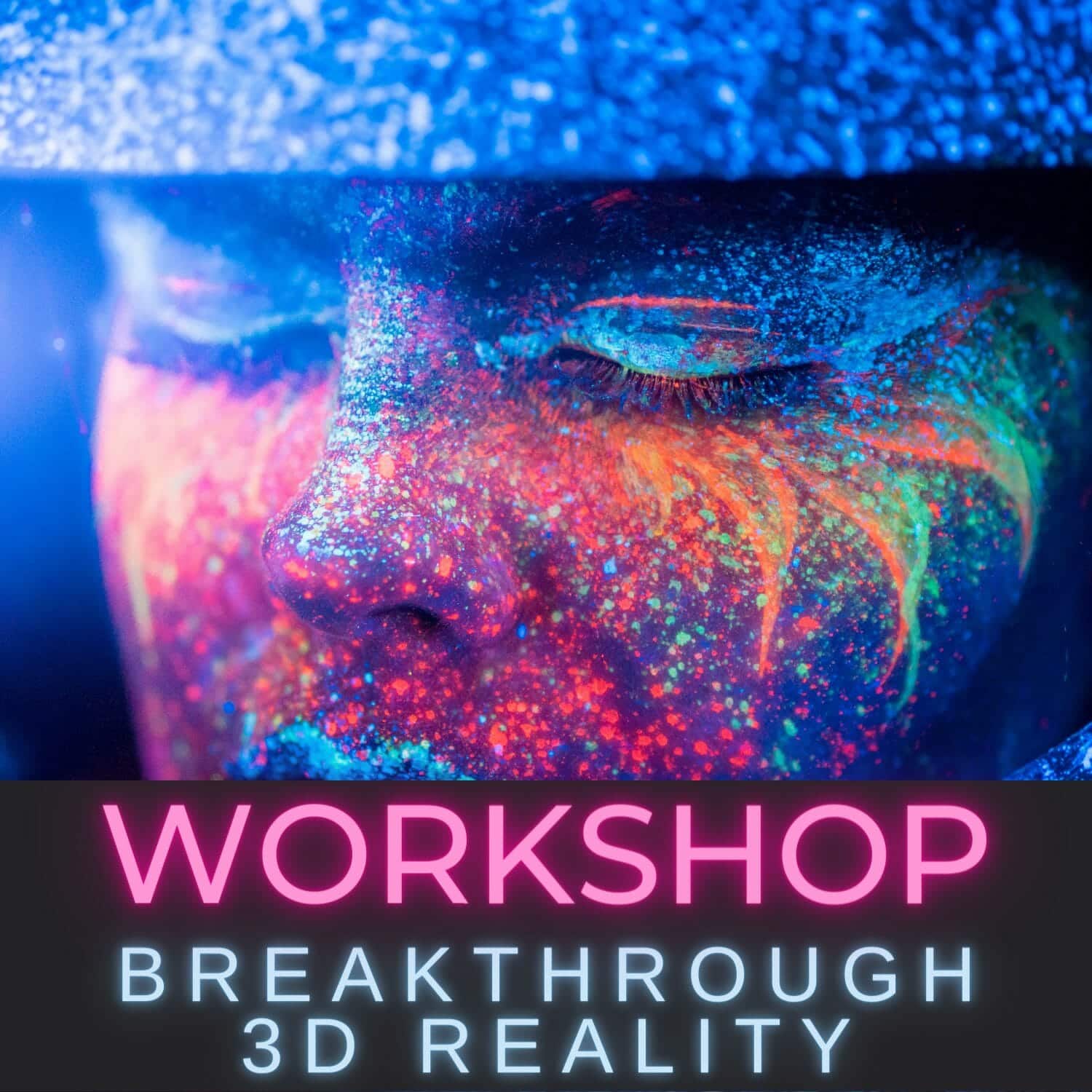There’s a fine line between vivid imagination and real psychic experiences, and many starseeds often wonder if they’re truly remote viewing or just getting carried away by their imagination. If you’ve ever questioned whether your out-of-body experiences are genuine or just a figment of your mind, you’re not alone. Let’s dive into the key differences between remote viewing and imagination, so you can confidently navigate your spiritual journey and unlock your mind’s true potential. Ready to separate reality from daydreams? Let’s get started!

What is Remote Viewing?
Remote Viewing is like having a psychic telescope. It’s the practice of seeing or sensing details about a distant or unseen target using extrasensory perception (ESP). Think of it as sending your mind on a mission to gather information about places, objects, or events without physically being there. Remote viewing requires a focused, meditative state and a clear intention.

What is Imagination?
Imagination is the ability to form new images and sensations in the mind that are not perceived through the senses. It’s like having an internal movie theater where you create and play out scenarios, ideas, and fantasies. Imagination is often spontaneous and can be influenced by your thoughts, feelings, and experiences.
Key Differences
Intentionality
-
Remote Viewing: Involves a specific intention and focus. You actively set out to gather information about a particular target or location.
-
Imagination: Often spontaneous and without a specific purpose. It can be random and influenced by your current thoughts and feelings.
State of Mind
-
Remote Viewing: Requires a meditative, focused state. You need to be calm, centered, and in a receptive mindset to receive accurate information.
-
Imagination: Can happen anytime, whether you’re relaxed, stressed, or daydreaming. It doesn’t require a specific mental state.
Sensory Details
-
Remote Viewing: Tends to provide detailed and specific sensory information that you wouldn’t normally know. This can include sights, sounds, smells, and even feelings that are accurate and verifiable.
-
Imagination: Often lacks specific and verifiable details. The images and sensations are usually a blend of known experiences, creative thinking, and emotions.
Verification
-
Remote Viewing: Can be verified through external sources. If you remote view a specific location or event, you can check the accuracy of the details you perceived.
-
Imagination: Is subjective and cannot be independently verified. The images and ideas are unique to your mind and experiences.
Emotional Impact
-
Remote Viewing: Often feels different from normal thinking. You may experience a sense of detachment or a feeling of “knowing” that’s distinct from everyday thoughts.
-
Imagination: Typically feels like daydreaming or storytelling. There’s a personal, emotional involvement in the scenarios you create.







